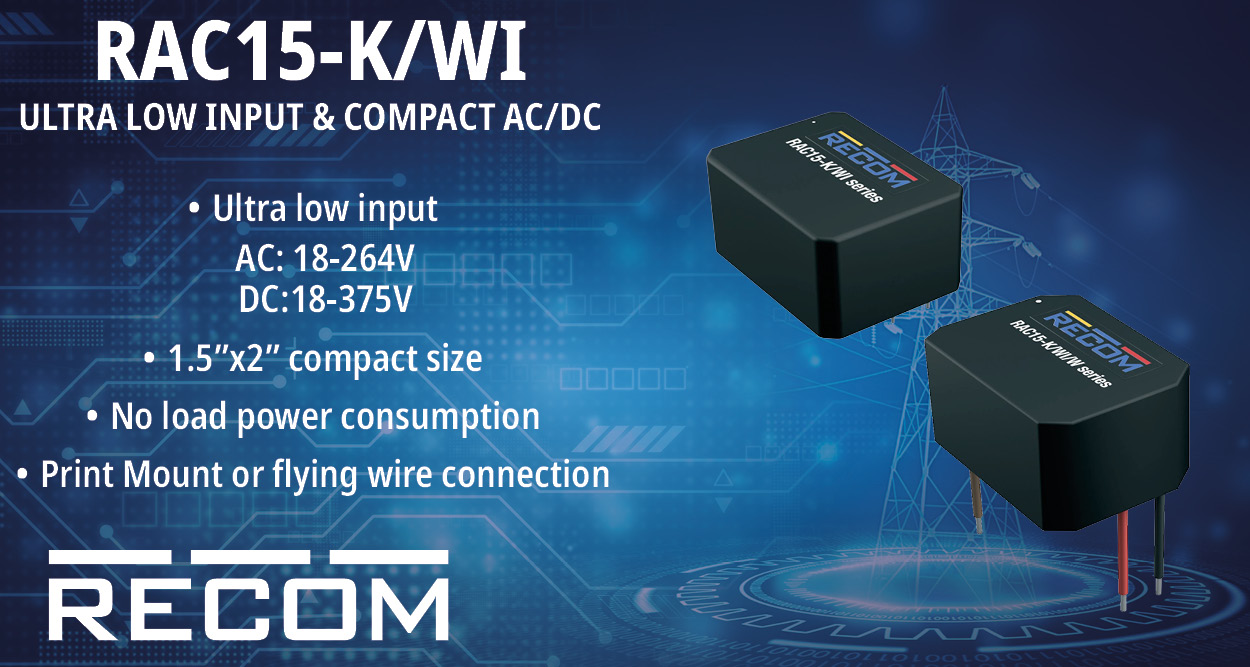The energy sector is undergoing a fundamental transformation—one that blends digital intelligence with decentralized generation to deliver more efficient, responsive, and resilient energy ecosystems. At the center of this evolution is the Smart Solar Market, which represents the convergence of solar power with advanced monitoring, analytics, IoT, and smart grid technologies.
According to new data from Acumen Research and Consulting, the Smart Solar Market Size was valued at USD 16.9 billion in 2021 and is projected to reach USD 62.3 billion by 2030, expanding at a compound annual growth rate (CAGR) of 15.8%. This rapid acceleration is being driven by a mix of environmental urgency, favorable regulatory shifts, and the expanding capabilities of digital infrastructure.
What Is Smart Solar?
Smart solar systems refer to photovoltaic (PV) technologies and solar-based energy infrastructure embedded with digital monitoring, automation, analytics, and remote control capabilities. These systems go beyond basic solar panels by integrating with smart meters, grid networks, cloud platforms, and AI to optimize performance, efficiency, and energy management.
Smart solar enables real-time data tracking, predictive maintenance, dynamic load balancing, and enhanced grid interactivity—features that are fast becoming essential in the transition toward low-carbon energy systems.
Smart Solar Market at a Glance: Key Figures
- Market Size (2021): USD 16.9 Billion
- Forecasted Market Size (2030): USD 62.3 Billion
- CAGR (2022–2030): 15.8%
- Core Applications: Residential Solar, Commercial Smart Grids, Utility-Scale PV Monitoring
- Key Components: Smart Inverters, Meters, Monitoring Software, IoT Sensors
- Top Regions: North America, Europe, Asia-Pacific
Key Drivers of Smart Solar Market Growth
1. Climate Mandates and Renewable Energy Targets
Countries across the globe are implementing aggressive renewable energy transition policies. Initiatives like the EU Green Deal, India’s Solar Park Scheme, and the U.S. Inflation Reduction Act are incentivizing solar adoption and infrastructure modernization. These regulations create strong tailwinds for smart solar market growth.
2. Expansion of IoT and Real-Time Monitoring
One of the most significant smart solar market trends is the integration of Internet of Things (IoT) devices that collect and relay real-time energy generation and consumption data. These insights allow system owners and operators to detect performance anomalies, track shading losses, and fine-tune inverters for optimal output.
3. Smart Grids and Decentralized Energy Networks
Smart solar systems are integral to grid modernization. They support bi-directional energy flows, demand-response capabilities, and integration with energy storage. Smart inverters now play a role in voltage regulation and frequency control—enhancing grid reliability in high PV penetration scenarios.
4. Residential and Commercial Rooftop Surge
Solar rooftop installations are booming globally due to cost reductions, net metering programs, and growing energy independence trends. Smart solar enhances consumer value by providing energy analytics dashboards, mobile control apps, and performance tracking tools, increasing adoption.
Regional Outlook: Market Share and Expansion Dynamics
North America
North America currently leads the global smart solar market share with around 35% share, with the U.S. at the forefront due to its advanced smart grid infrastructure, utility-scale solar projects, and active regulatory incentives. California, Texas, and Arizona are especially notable for their PV integration.
Europe
Europe’s smart solar deployment is powered by policy-backed decarbonization and strong investments in smart metering and grid digitization. Countries like Germany, Spain, and the Netherlands are showcasing how distributed solar and smart monitoring can operate seamlessly with national grids.
Asia-Pacific
The Asia-Pacific smart solar market is showing the fastest growth, with China, India, Japan, and Australia leading adoption. This is driven by rising electricity demand, falling panel costs, and government-backed rural electrification programs.
Smart Solar Market Analysis by Component
The Smart Solar Market Report categorizes components into three major types:
- Smart Solar Meters: Enable accurate measurement of energy consumption and bi-directional flow; essential for demand-side management.
- Smart Inverters: Support grid integration, remote control, and voltage/frequency management.
- Monitoring and Management Software: Provides analytics, performance metrics, and system health diagnostics via cloud-based or edge platforms.
System integrators and software developers are now building AI-powered platforms to support predictive analytics, enabling preemptive fault detection and optimization in real time.
Integration with Emerging Technologies
Artificial Intelligence and Predictive Maintenance
AI-based platforms are enabling dynamic energy forecasting and automated issue detection in solar systems. These tools use machine learning algorithms to optimize energy output and reduce downtime, significantly improving ROI and long-term performance.
Blockchain for Solar Energy Trading
Blockchain-based microgrids are now emerging to allow peer-to-peer (P2P) solar energy trading. By using distributed ledgers, smart contracts, and digital wallets, smart solar systems can facilitate secure and decentralized energy transactions.
Battery Storage and Hybrid Systems
With increasing interest in energy independence, hybrid systems that combine smart solar with battery energy storage systems (BESS) are gaining popularity. These solutions allow for load shifting, peak shaving, and emergency backup—all managed intelligently via integrated control platforms.
Market Challenges and Considerations
High Initial Cost of Smart Components
While smart solar solutions offer significant long-term savings, upfront costs for inverters, meters, and software platforms remain a concern, especially in price-sensitive markets. Government subsidies and leasing models are helping bridge the affordability gap.
Cybersecurity and Data Privacy Risks
As solar systems become more connected, they also become vulnerable to cyber threats. Ensuring secure data protocols, encrypted communications, and compliance with privacy laws will be critical for sustained adoption.
Interoperability and Standardization
Different OEMs and platforms offer incompatible protocols, making integration across multiple systems a challenge. Standardization efforts by IEEE, IEC, and other bodies are critical for expanding the smart solar market size and ensuring seamless connectivity.
Competitive Landscape: Innovation and Collaboration
According to the Smart Solar Market Analysis, the competitive landscape includes energy tech firms, inverter manufacturers, software developers, and utilities. Major players include:
- ABB Ltd.
- Siemens AG
- Itron Inc.
- Schneider Electric
- Huawei Technologies Co., Ltd.
- SMA Solar Technology AG
- Landis+Gyr
- SunPower Corporation
- Trilliant Holdings
- Enphase Energy
Strategic partnerships, acquisitions, and R&D investment are shaping the global smart solar market share as firms compete to offer integrated, scalable solutions.
Smart Solar Market Outlook: What’s Next?
The smart solar market outlook through 2030 reflects a rapidly digitalizing energy ecosystem where automation, intelligence, and sustainability converge. Key future trends include:
- Mainstream adoption of cloud-native solar monitoring platforms
- Growth of EV charging integrated with smart solar
- Advancements in solar-powered IoT edge devices
- Expansion of utility-level predictive solar analytics
- Development of fully autonomous microgrids
As nations strive to meet their net-zero targets, the role of smart solar in decentralized, resilient, and intelligent power systems will only become more central.
The Smart Solar Market is no longer a peripheral segment—it’s becoming foundational to the clean energy transition. Blending digital intelligence with renewable generation, smart solar is reshaping the way energy is generated, distributed, and consumed.
With its market value expected to surpass USD 62.3 billion by 2030, this sector offers compelling opportunities for innovation, investment, and large-scale impact.

















